Coffee knowledge | "African Coffee"
Coffee world rich and interesting, coffee has some common characteristics of each continent, coffee is the equator to 15 degrees north latitude of the product, therefore, South America and Asia and Africa are produced. However, coffee produced at the equator to 15 degrees north latitude is too strong and bitter, so only some people who drink coffee and do not know its taste will like it.
In fact, the best coffee should be produced between 15 degrees north latitude and the Tropic of Cancer.
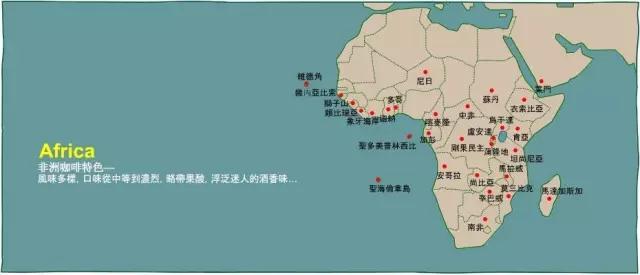
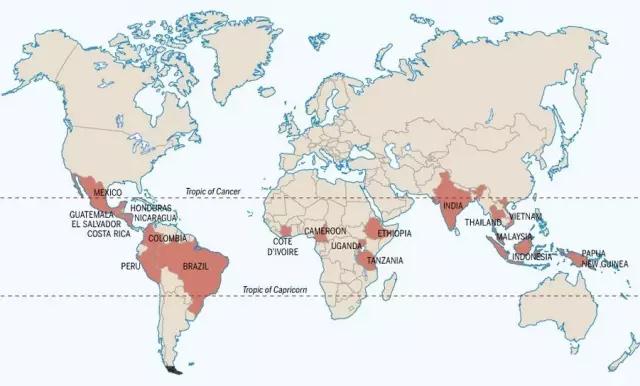
Coffee trees grow in tropical or subtropical countries centered on the equator and called the coffee belt.

Coffee production is mostly distributed between the tropics of the equator, that is, 25 degrees north of the equator and 30 degrees south of the equator in the tropics or subtropics. Areas with an annual average temperature of 16-25 degrees Celsius, frost-free and rainfall of 1600-2000 mm. At present, coffee is mainly produced in more than 70 countries, most of which are located in areas with an altitude of 300-400 meters. Coffee trees are sometimes planted in highlands with an altitude of 2000-2500 meters, but those planted on slopes above 1500 meters above sea level have better quality.
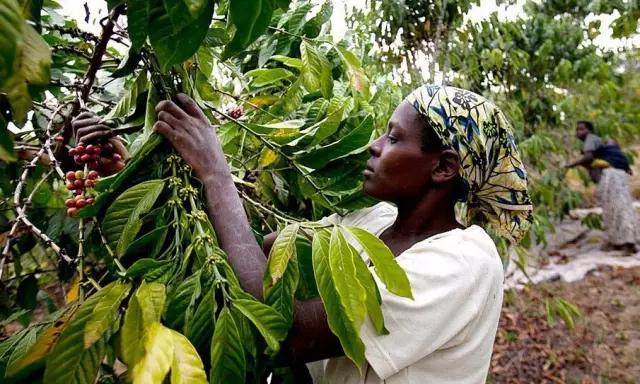
In addition, growing coffee also requires sunlight and proper shade, and is best planted on fertile soil or volcanic ash soil. Therefore, coffee is widely distributed in South America, Central America, West Indies, Asia, Africa, Arabia, South Pacific and Oceania. Ethiopia and Tanzania in Africa, Brazil, Colombia, Jamaica, Guatemala, Mexico, Honduras and Costa Rica in Central and South America, Vietnam and Indonesia in Southeast Asia are all major coffee producing areas.
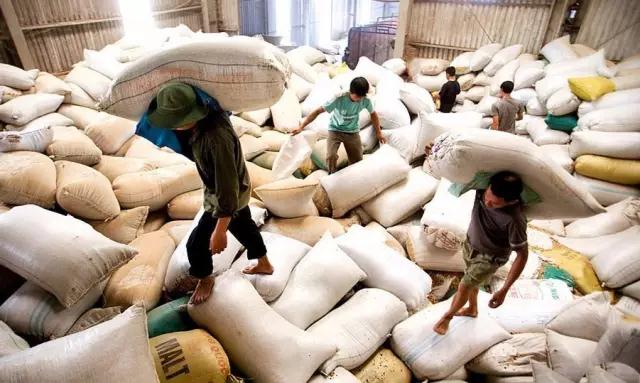
African coffee dominates ancient times
How did coffee appear in the lives of people on Earth? The most popular story is that in Kaffa, southwest Ethiopia, a shepherd stumbled upon a red fruit that made goats extremely excited, even older ones. So he tried some himself and jumped up excitedly. The edible and refreshing effect of coffee fruit was discovered by humans.
People use local place names to name this new discovery that looks like a cherry. After thousands of years of dissemination and evolution, it has become today's Coffee.
Coffee was first cultivated agriculturally in the 15th or 16th century, and the liquid coffee was extracted in the form of roasted, ground, superheated Turkish coffee, which is still used today. At that time, almost all the coffee produced in Ethiopia, the hometown of coffee, was sold to Mocha City in Yemen, and then resold into other countries. Almost all coffee exported from here is sold in the form of roasted coffee beans, thus eliminating the possibility of transplantation from other countries.
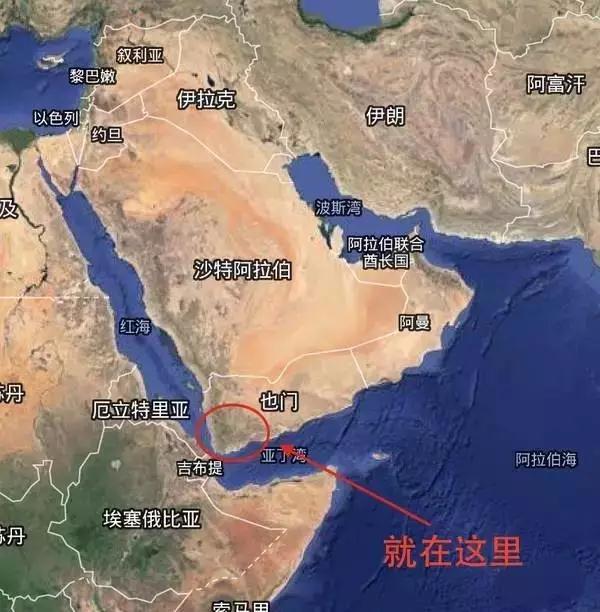
Mocha, Yemen, is a port city located on the Red Sea coast. For centuries, it was the most important hub of the global coffee trade, with a significant impact on coffee trade to the Arabian Peninsula. Later, new coffee growing areas were developed, and the port gradually declined due to serious siltation.
At that time, in Mocha Port, coffee was heavily protected when it was shipped out. In addition to ensuring the safety of coffee, a monopoly commodity, coffee seedlings were not carried out.
But! Muslims who came to Mecca for pilgrimage finally succeeded in bringing coffee saplings back to their homeland. Coffee was planted in the Middle East and India. At that time, the merchant fleet of Venice, Italy, carried out perfume, tea and textile trade with Arab merchants, and also brought the habit of drinking coffee back to Europe.
In the 17th century, the Dutch introduced coffee to their colony of Indonesia. Until then, coffee's exciting mysteries and lucrative profits had been exploited by religion, and coffee cultivation continued to grow as demand for coffee increased by the means of religious power.
Today coffee is the second most traded commodity on earth after oil. In terms of production, Central and South America accounts for about 60% of the world's coffee production, Africa and Arabia account for about 20%, and the remaining 20% is distributed in various countries and islands in Asia. Ethiopia is no longer the only coffee producer on earth.
Important Notice :
前街咖啡 FrontStreet Coffee has moved to new addredd:
FrontStreet Coffee Address: 315,Donghua East Road,GuangZhou
Tel:020 38364473
- Prev

If I love coffee, one reason is because of you.
Communication of professional baristas Please follow the coffee shop (Wechat official account cafe_style) I am not at home, in the coffee shop, not in the coffee shop, on the way to the coffee shop. This is a famous saying widely spread in Vienna, the capital of Austria. In the simple and emotional coffee shop, with a slightly dim light, and then hold a cup of coffee, relax, petty bourgeoisie
- Next
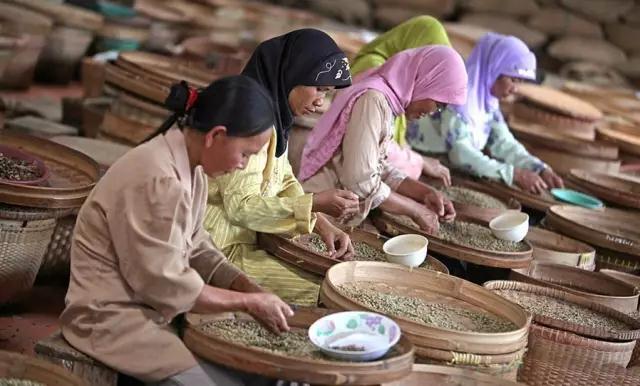
Coffee knowledge | African Coffee Ⅱ
Today, African coffee trees botanically belong to the evergreen trees of the subgenus Rubiaceae, and the coffee beans we are talking about are the seeds of the fruits of coffee trees. Climate is the decisive factor in coffee cultivation. Coffee trees only grow in the tropics or subtropics, so the zone between latitude 25 degrees north and south, including the equator, is the most suitable for growing coffee. But not all of them are born here.
Related
- How did the Salvadoran coffee industry develop in Central America?
- What exactly does the golden cup extraction of coffee mean?
- The Origin of Coffee flower
- [2023 Starbucks World Earth Day] there are more meaningful things besides free Starbucks coffee!
- What kind of coffee is there in Spain? 9 Flavors of Spanish Coffee
- Aromatic African coffee| Kenya's coffee culture and historical production area
- Liberica Coffee Bean knowledge: the characteristics of Liberian Coffee beans of the three original species of Coffee beans
- The origin and formula of Spanish latte introduces the taste characteristics of Bombon coffee in Valencia, Spain.
- How to adjust the solution of over-extracted coffee
- What is the tasting period of coffee beans? What is the period of coffee and beans? How should coffee wake up and raise beans?

